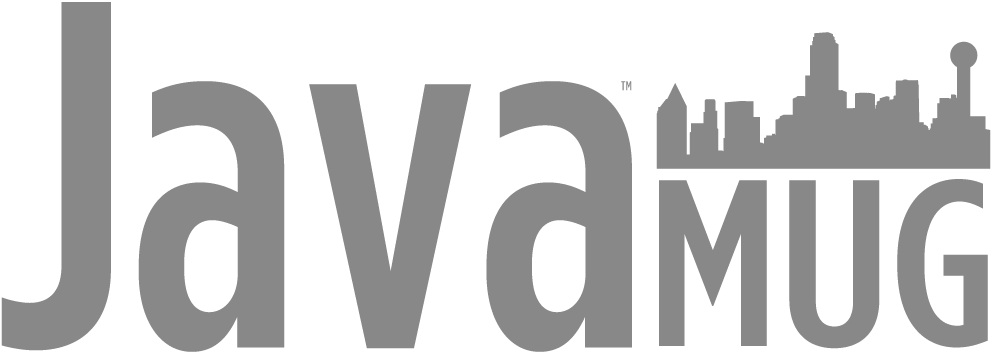Since companies rarely throw away old applications, and everyone is being asked to do more with less, most Java developers need to understand how to build applications around existing or legacy systems in a service–oriented way, while also pulling in new cloud services and providing reliability, availability, and scalability.
Even though SOA and ESB terms have been around for some years now, there is still much confusion about what they really mean and how they apply to the problems developers need to solve; namely, how SOA paradigms affect the way you design and implement software, and how leveraging platforms like an ESB can simplify development and make your applications more agile. This session attempts to provide some clarity — through demonstration.
This session will be a practical guide for building an application by connecting in–house and cloud–based applications and services using Mule. Since there are plenty of moving parts, this will only be a minimal introduction to the ESB concept and Mule itself, but provides the developer with the foundations of how to build integration using Mule and other open source products, as well as some simple rules applicable to most SOA integration projects.
In this session you will learn:
- What you should consider when integrating cloud and in–house applications
- How to use Mule and other open source technologies when attempting to build an integration solution
- Simple rules for designing and implementing services
- How to use your existing Java development skills and tools with an ESB platform
